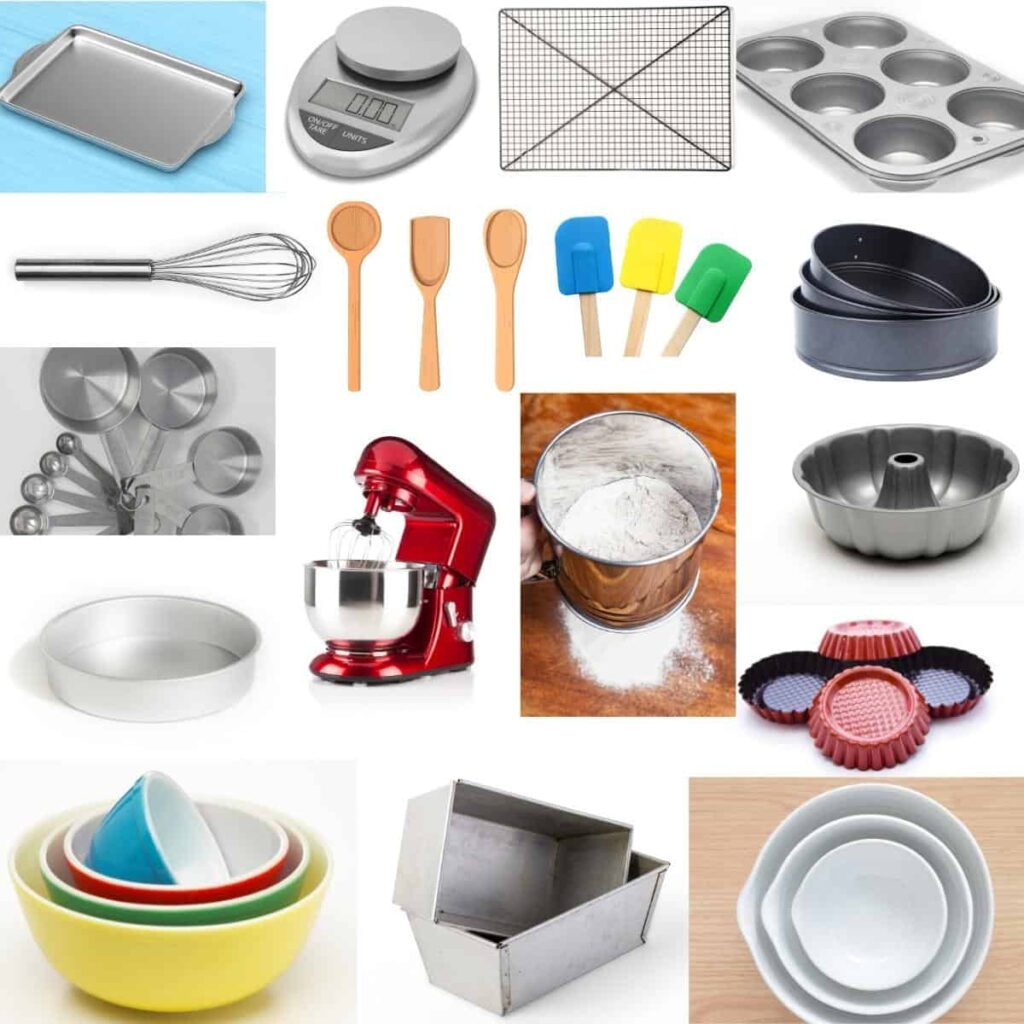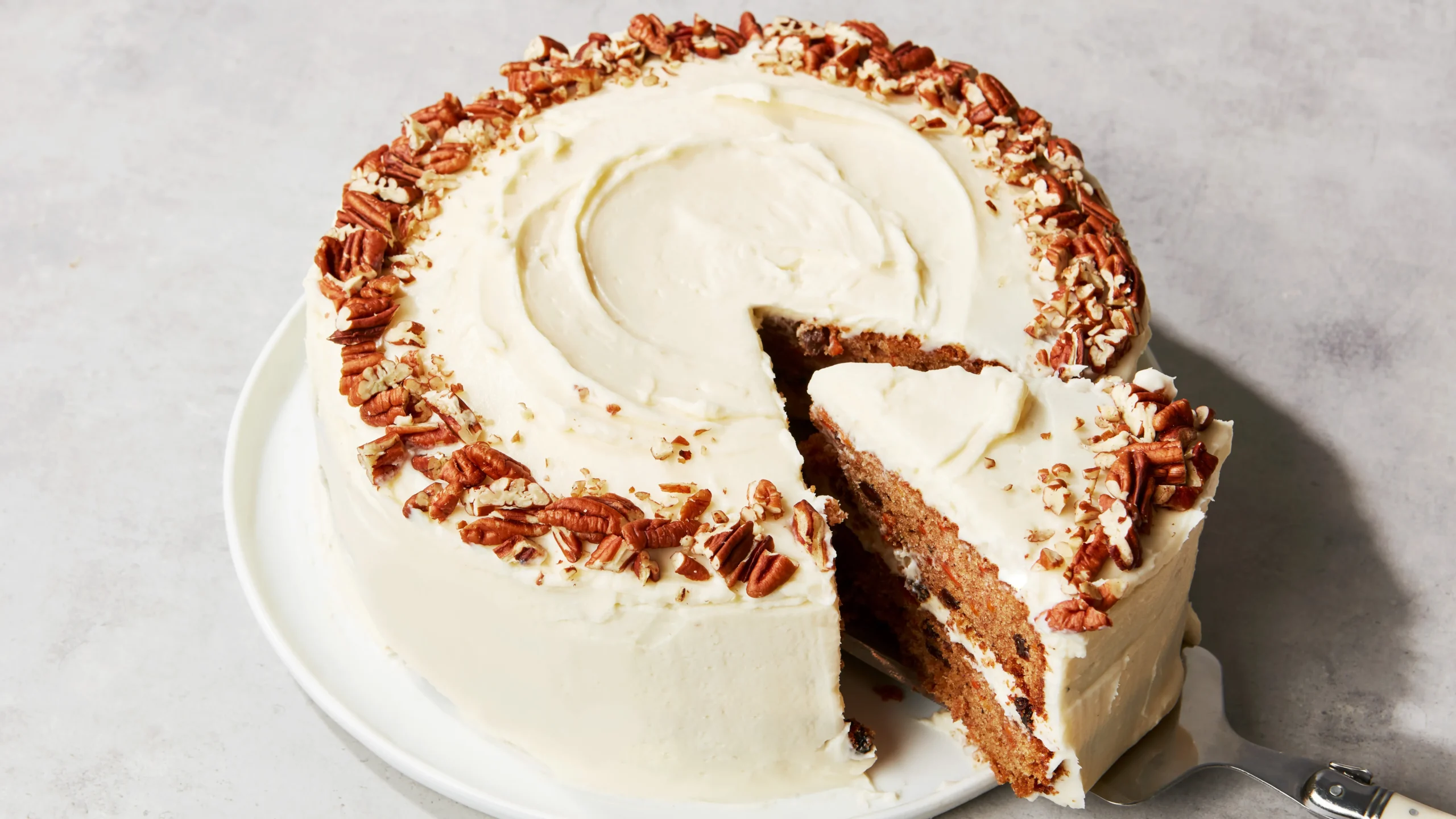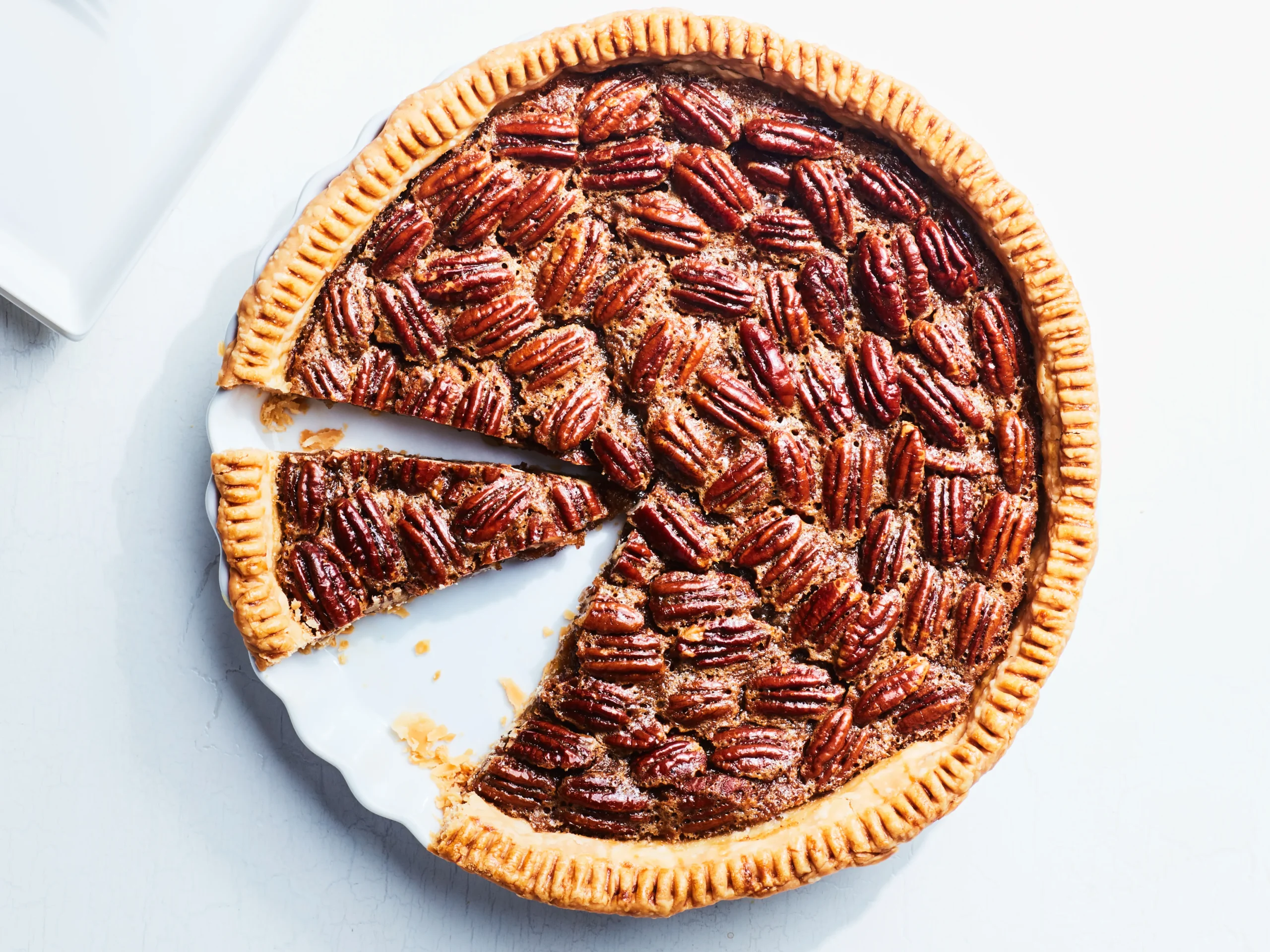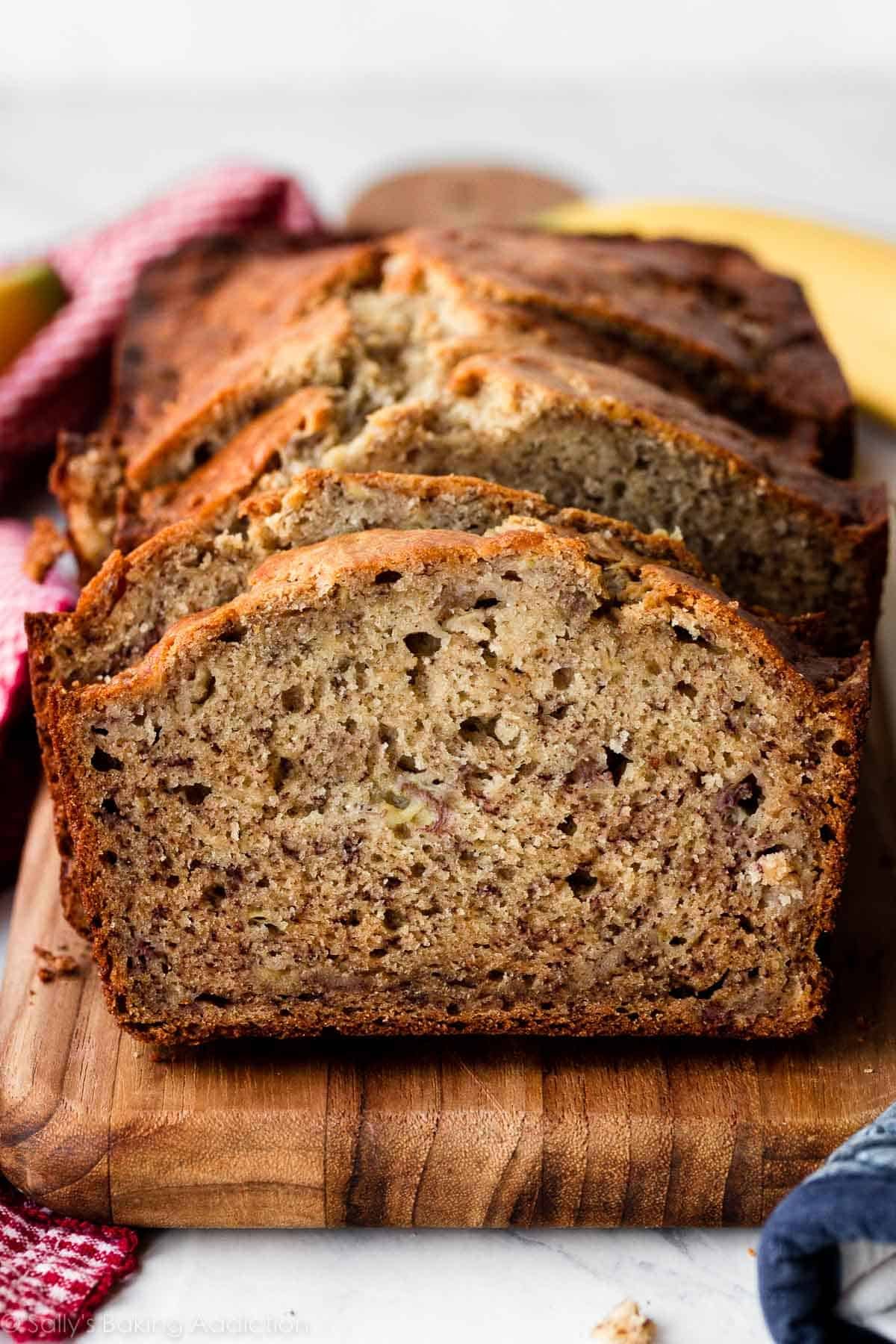A rolling pin is a cylindrical tool used to flatten and shape dough for baking purposes. It is commonly made of wood or metal.
A rolling pin is a simple yet essential tool for bakers, used to flatten and shape dough for various baking purposes. This cylindrical tool, typically made of wood or metal, is a staple in every kitchen, ensuring even thickness and consistency in pastries, pie crusts, pizza dough, and more.
Whether you’re a professional baker or an amateur home cook, the rolling pin is a versatile and indispensable tool for achieving the perfect texture and shape in your baked goods. Let’s explore the different types of rolling pins, their features, and how to choose the right one for your baking needs.
Table of Contents
The History
The Rolling Pin has a rich history dating back centuries and is an essential tool in the kitchen for rolling out dough and pastry. From its humble beginnings as a simple wooden cylinder to the modern-day variety of materials and designs, the rolling pin continues to be a staple in baking and culinary traditions worldwide.
Evolution Of Rolling Pin Designs
| Design Period | Description |
|---|---|
| Ancient Times | The earliest evidence of rolling pins dates back to ancient Egypt and Mesopotamia. These early rolling pins were made of wood or stone and were cylindrical in shape. |
| Middle Ages | During the Middle Ages, rolling pins evolved to include handles for better control. This allowed for more precision when rolling out dough for bread, pastries, and other baked goods. |
| Modern Era | In the modern era, rolling pins have continued to evolve with the introduction of new materials such as marble, stainless steel, and silicone. These materials offer different benefits, such as better temperature control or non-stick properties. |
Cultural Significance Of Rolling Pins
- Symbol of Home Baking: Rolling pins have become a symbol of home baking in many cultures around the world. They represent
the love and effort put into creating delicious homemade treats. - Traditional Ceremonies: In some cultures, rolling pins are used in traditional ceremonies and rituals. They are often
seen as a symbol of fertility, prosperity, and good luck. - Artisan Craftsmanship: Rolling pins are often handcrafted by artisans, making them not just functional kitchen tools,
but also pieces of art. These beautifully designed rolling pins are sought after by collectors and baking enthusiasts. - Culinary Heritage: Rolling pins are deeply ingrained in the culinary traditions of various cultures. They are passed
down through generations, carrying with them the techniques and recipes of the past.
Types Of Rolling Pins
When it comes to baking or cooking, a rolling pin is an essential tool that every kitchen should have. It helps to evenly flatten dough or pastry and allows you to roll out a wide variety of baked goods. Rolling pins come in different styles and materials, each suited for specific tasks. In this article, we will explore the various types of rolling pins and their unique features. Let’s dive in and discover the perfect rolling pin for your culinary adventures.
Traditional Rolling Pins
The traditional rolling pin is a classic and timeless choice. Made of wood, this type of rolling pin is known for its sturdy build and reliable performance. It usually has a long, cylindrical shape with handles on both ends, providing a comfortable grip for effortless rolling. Traditional rolling pins are versatile and can be used for a wide range of tasks, from rolling out dough for pies and cookies to flattening pasta or pizza dough. They offer excellent control and are favored by professional bakers and home cooks alike.
French Rolling Pins
Ooh la la! The French rolling pin is as elegant as it is practical. With a slender design, this type of rolling pin does not have handles like its traditional counterpart. Instead, it features a smooth, tapered shape, allowing you to apply even pressure on the dough with your palms and fingertips. The lack of handles gives you more room to move and maneuver, making it ideal for delicate tasks such as rolling out thin pastries, crepes, or puff pastry. French rolling pins are often crafted from hardwood, providing excellent durability and a sleek, sophisticated look.
Silicone Rolling Pins
For those who prefer a non-stick rolling experience, silicone rolling pins are a game-changer. These flexible and heat-resistant rolling pins are constructed from food-grade silicone material, making them perfect for working with sticky doughs like fondant or gnocchi. The silicone surface prevents the dough from sticking, eliminating the need for excessive flouring. This ensures that your dough remains light and airy, resulting in beautifully baked goods. Additionally, silicone rolling pins are easy to clean and dishwasher-safe, making them a handy choice for hassle-free baking sessions.
Textured Rolling Pins
If you want to add a touch of creativity to your baked creations, textured rolling pins are the way to go. These rolling pins feature intricate designs or patterns engraved on their surface, allowing you to imprint the dough with beautiful textures. From elegant lace patterns to whimsical hearts or stars, the possibilities are endless. Textured rolling pins are perfect for decorating cookies, pie crusts, or even creating embossed fondant for cakes. They add an extra layer of visual appeal to your baked goods and make them truly stand out.
Choosing The Right Rolling Pin For Your Needs
When it comes to baking and pastry making, having the right tools can make all the difference in achieving the perfect dough consistency and texture. One such essential tool is the rolling pin. Whether you are a professional baker or an enthusiastic home cook, selecting the right rolling pin for your needs is crucial. In this article, we will explore considerations for different types of dough, factors to consider when selecting a rolling pin, and review and compare some popular rolling pins in the market.
Considerations For Different Types Of Dough
Each type of dough requires its own unique approach and treatment. Therefore, it is important to consider the specific characteristics of the dough you intend to work with when choosing a rolling pin. Here are some factors to keep in mind:
- The thickness requirements of the dough: For thin and delicate dough such as puff pastry or filo dough, a lightweight rolling pin with fine control is ideal. Alternatively, if you are working with thicker dough like pizza or bread, a heavier rolling pin can help you apply the right amount of pressure.
- The level of stickiness: Sticky dough often requires a rolling pin with a non-stick surface or a rolling pin that can be dusted with flour to prevent sticking. This is particularly important when working with doughs like pie crusts or cookie dough.
- The intended shape of the dough: If you plan to create round shapes, a rolling pin with handles on both ends or a rolling pin with a cylindrical shape will make it easier to rotate the dough. For rolled fondant or decorative pie crusts, a specialized rolling pin with etched designs can add a delightful touch.
Factors To Consider When Selecting A Rolling Pin
Choosing the right rolling pin goes beyond just the specific dough requirements. Here are some additional factors to consider before making your selection:
- Material: Rolling pins can be made from a variety of materials such as wood, stainless steel, marble, or even silicone. Each material offers unique advantages. For example, wood rolling pins are versatile, durable, and often provide good insulation, whereas stainless steel rolling pins are lightweight and can be chilled for working with delicate dough.
- Size: Consider the length and diameter of the rolling pin to ensure it is suitable for the size of dough you typically work with. A longer rolling pin provides more surface area for rolling out larger pieces of dough, while a shorter one may offer better maneuverability.
- Ease of cleaning and maintenance: Some rolling pins are easier to clean than others. Consider the cleaning instructions for each material and choose a rolling pin that fits your preference for maintenance.
- Comfort and grip: A comfortable grip is crucial for extended periods of rolling. Look for rolling pins with ergonomic handles or those with non-slip grips to ensure a secure hold during use.
Reviews And Comparisons Of Popular Rolling Pins
To help you make an informed decision, let’s quickly review and compare some popular rolling pins:
| Rolling Pin | Material | Length | Grip |
|---|---|---|---|
| Traditional Wooden Rolling Pin | Wood | 18 inches | Ergonomic handles |
| French-Style Tapered Rolling Pin | Marble | 10 inches | No handles, smooth surface |
| Stainless Steel Rolling Pin | Stainless Steel | 15 inches | Non-slip silicone grips |
It’s important to note that the best rolling pin for you ultimately depends on your personal preferences, baking style, and dough requirements. Consider the factors discussed above and read reviews from other bakers to find the perfect rolling pin that suits your needs.

Credit: www.amazon.com
Proper Techniques For Using A Rolling Pin
The rolling pin is an essential tool in every baker’s kitchen. Mastering the proper techniques for using a rolling pin can make a significant difference in the outcome of your baked goods. In this article, we will explore key tips and tricks for achieving perfect results when using a rolling pin, including maintaining the right pressure and grip, rolling out dough evenly, and ensuring the perfect thickness.
Maintaining The Right Pressure And Grip
When using a rolling pin, maintaining the right pressure and grip is crucial for the success of your baking endeavors. Applying too much pressure can cause the dough to stick to the surface, while too little pressure may result in an uneven and underworked dough.
Here are a few techniques to help you maintain the right pressure and grip:
- Hold the rolling pin with both hands, placing them equidistant from the center.
- Apply gentle, even pressure as you roll the pin back and forth.
- Start from the center of the dough and gradually work your way outwards, using long and smooth strokes.
- If the dough begins to stick to the pin or surface, lightly dust it with flour.
Rolling Out Dough Evenly
Rolling out dough evenly is essential to ensure consistent baking and a perfectly shaped final product. Unevenly rolled dough may lead to uneven baking and an unsatisfactory texture.
Follow these tips to roll out dough evenly:
- Divide your dough into manageable portions.
- Flatten each portion with your hands before using a rolling pin.
- Start rolling from the center of the dough, applying even pressure as you work towards the edges.
- Rotate the dough occasionally, ensuring it maintains a uniform shape.
- If necessary, sprinkle a small amount of flour on the surface to prevent sticking.
Tips And Tricks For Achieving Perfect Thickness
Getting the desired thickness for your dough is crucial for achieving the perfect texture and baking time. Whether you are making pie crusts, cookies, or pizza dough, these tips and tricks will help you achieve the perfect thickness:
| TIP | DESCRIPTION |
|---|---|
| Measure with precision | Use a ruler or measuring tape to ensure the dough is rolled to the exact thickness called for in your recipe. |
| Chill before rolling | For particularly sticky dough, refrigerate it for a short period before rolling to make it easier to work with. |
| Use rolling pin guides | Attach guiding bands to your rolling pin to achieve a consistent thickness throughout the dough. |
| Roll in multiple directions | Roll the dough in different directions, such as front to back and side to side, to ensure an even thickness. |
| Test thickness as you go | Regularly measure the dough’s thickness with a ruler or your finger to ensure it matches your desired thickness. |
By following these proper techniques and employing the right tips and tricks, you can confidently utilize your rolling pin to create delicious baked goods with ease. Remember, practice makes perfect, so don’t hesitate to experiment and refine your rolling pin skills for exceptional results in the kitchen.
Rolling Pin Alternatives
Welcome to our blog post about Rolling Pin Alternatives! Sometimes, you find yourself in the middle of a baking project only to realize that you don’t have a rolling pin on hand. But fear not! There are plenty of creative solutions that can work just as well in a pinch. In this section, we’ll explore some popular alternatives to the trusty rolling pin.
Using A Wine Bottle As A Rolling Pin Substitute
A wine bottle can be a surprisingly effective substitute when you need to roll out dough. It’s important to note that the bottle should be empty. To use a wine bottle as a rolling pin alternative, follow these simple steps:
- Start by thoroughly cleaning an empty wine bottle to remove any residue.
- Remove the label, as it may interfere with the rolling process.
- Place the dough on a well-floured surface, ensuring it doesn’t stick.
- Gently roll the wine bottle over the dough, applying even pressure.
- Continue rolling until the desired thickness is achieved.
Other Kitchen Tools That Can Be Used As Makeshift Rolling Pins
If a wine bottle isn’t available, don’t worry! You likely have other kitchen tools that can be used as makeshift rolling pins. Here are a few options you can consider:
- A tall glass bottle
- A wooden dowel
- A straight-sided jar
When using these alternatives, keep in mind that they may have different weights and widths compared to a traditional rolling pin. Adjust your technique accordingly to ensure even rolling and thickness.
Care And Maintenance Of Rolling Pins
When it comes to baking, a rolling pin is an essential tool for achieving perfectly rolled dough. To ensure that your rolling pin stays in top shape and continues to provide smooth and efficient operation, proper care and maintenance are crucial. In this article, we will cover the various aspects of caring for and maintaining your rolling pin for optimal longevity.
Cleaning And Storing Rolling Pins
Proper cleaning is the first step to maintaining your rolling pin. After each use, it is important to remove any food particles or residue that may have accumulated. Use a moist cloth or sponge with warm water and a mild dish soap to wipe down the entire surface of the rolling pin. Avoid soaking the rolling pin in water as this can cause it to warp or deform.
Once you have cleaned the rolling pin, make sure to thoroughly dry it with a clean cloth to prevent moisture buildup. Moisture can lead to mold growth or the development of an unpleasant odor.
Storing your rolling pin correctly is equally important for maintaining its condition. It is best to store your rolling pin in a dry and cool place, away from direct sunlight and heat sources. Avoid storing it horizontally on a countertop or in a drawer where it can be easily scratched or damaged. Instead, consider using a vertical storage option such as a utensil holder or a specially designed rolling pin rack.
Common Issues And Troubleshooting Tips
Even with proper care, rolling pins may encounter common issues that can affect their performance. Here are some troubleshooting tips to address these issues:
| Issue | Troubleshooting Tips |
|---|---|
| The rolling pin sticks to the dough | Apply a light dusting of flour to the surface of the rolling pin and the dough to prevent sticking. |
| The rolling pin is uneven or wobbly | Check if the handles are securely attached. If loose, tighten them. If the rolling pin is still unstable, it may be warped and in need of replacement. |
| The rolling pin has developed cracks or dents | Small cracks or dents can be sanded down with fine-grit sandpaper. If the damage is significant, it may be time to consider purchasing a new rolling pin. |
Extending The Lifespan Of Your Rolling Pin
To ensure the longevity of your rolling pin, here are some tips:
- Use a wooden or silicone rolling pin for its durability and resistance to damage.
- Avoid excessive force when rolling dough to prevent unnecessary strain on the rolling pin.
- Regularly oil your wooden rolling pin with food-grade mineral oil to prevent drying and cracking.
- Protect the rolling pin from extreme temperatures, as sudden changes in temperature can cause warping.
- Keep your rolling pin away from sharp objects or abrasive surfaces to prevent scratches or dents.
- Consider investing in a rolling pin cover or sleeve to provide an additional layer of protection during storage.
By following these care and maintenance guidelines, you can ensure that your rolling pin remains in optimal condition, allowing you to effortlessly create delicious baked goods for years to come.
Frequently Asked Questions Of Rolling Pin
How Do You Use A Rolling Pin?
To use a rolling pin, start by lightly flouring your work surface. Place the dough in the center and apply gentle pressure as you roll the pin back and forth. Roll from the center outwards to maintain an even thickness.
Rotate the dough frequently to prevent sticking.
What Are The Different Types Of Rolling Pins?
There are various types of rolling pins available, including wooden, marble, silicone, and adjustable rolling pins. Wooden rolling pins are versatile and traditional, while marble rolling pins stay cool and are great for working with pastry. Silicone rolling pins are non-stick, and adjustable rolling pins come with varying thickness guides.
How Do You Clean A Rolling Pin?
Cleaning a rolling pin is simple. Start by removing any excess dough or flour with a dry cloth or brush. If necessary, wipe the pin with a damp cloth or sponge and mild dish soap. Avoid immersing a wooden rolling pin in water, as it can cause the wood to warp.
Conclusion
To wrap it up, a rolling pin is an essential kitchen tool for bakers and chefs alike. Its versatility allows for smooth dough preparation and even pie crusts. With various materials and designs available, finding the right one for your needs will enhance your culinary creations.
So, invest in a reliable rolling pin today and upgrade your baking game. Happy rolling!




